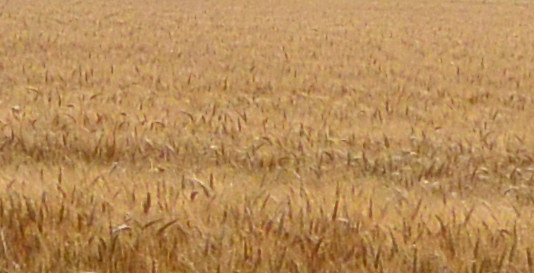![]() Whole wheat flour
Whole wheat flour
Rating : 8.4
Cons:
Contains gluten (1)Whole wheat flour is part of the wheat flour family.Wheat flours are divided into types:Type 00 suitable for desserts, fresh pasta.Type 0 suitable for bread.Type 1 suitable for bread and pizza.Type 2 suitable for "rustic" bread.Integral suitable for whole wheat breadThere are different types and they are produced by grinding wheat wheat s... (Read the full Tiiip)
8 pts from FRanier
| Evaluate | Where is this found? |
| "Whole wheat flour studies" about Whole wheat flour Review Consensus 8 by FRanier (9971 pt) | 2019-Jun-26 21:23 |
Assessment of bioactive compounds and their in vitro bioaccessibility in whole-wheat flour pasta.Podio NS, Baroni MV, Pérez GT, Wunderlin DA.Food Chem. 2019 Sep 30;293:408-417. doi: 10.1016/j.f ...
| Read the full Tiiip | (Send your comment) |
| "Descrizione" about Whole wheat flour Review Consensus 8 by FRanier (9971 pt) | 2023-Oct-09 15:35 |
Whole wheat flour is part of the wheat flour family.Wheat flours are divided into types:Type 00 suitable for desserts, fresh pasta.Type 0 suitable for bread.Type 1 suitable for bread and pizza.Type 2 ...
| Read the full Tiiip | (Send your comment) |
Read other Tiiips about this object in __Italiano (3)
Content: Last update: 2012-10-26 21:38:28 | Kcal: 330 Family: Threat factors: |


